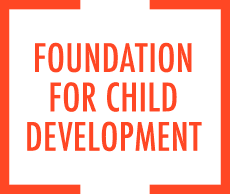https://www.fcd-us.org/standardized-classroom-observations-from-pre-k-to-third-grade-a-mechanism-for-improving-quality-classroom-experiences-during-the-p-3-years/
The widespread and systematic use of standardized observation in classrooms from pre-kindergarten to third grade has the potential to address major shortcomings in educational services provided to young children. At present, there are no standardized measures for assessing pre-kindergarten/early elementary classrooms’ contributions to child outcome that could be appropriately used in a system of accountability or professional development focused on classroom quality. Absent an appropriate tool for observational assessment, there is no way of gauging whether programs are actually offering quality experiences nor are there ways to improve program quality that focus on the actual experiences of children and teachers’ behavior in classrooms.
The descriptions of classroom quality available in standardized classroom observation systems provide a standard way of measuring and noting teachers’ strengths and weaknesses and evaluating whether policy initiatives or professional development activities are actually helping improve classroom interactions. This paper reviews the research on classroom observation in relation to policy and practice issues in early education, proposes a model for the use of systematic classroom observation, and describes the development of the Classroom Assessment Scoring System (CLASS). CLASS (Pianta & La Paro, 2003) describes and measures classroom quality from PreK to Grade 3 using a common set of dimensions and rating scales, with grade-specific examples reflecting both instructional and socioemotional aspects of the classroom environment.
